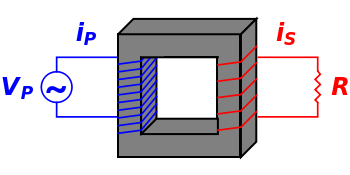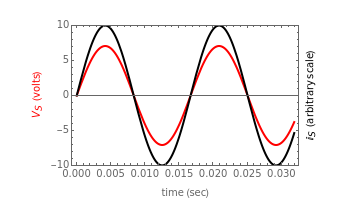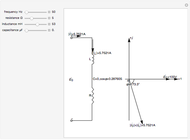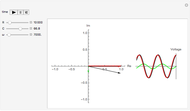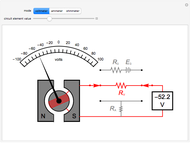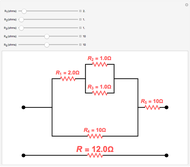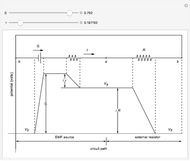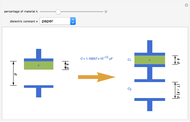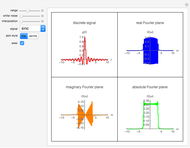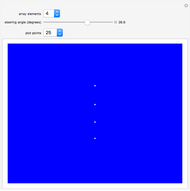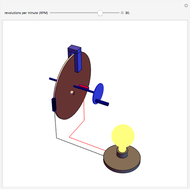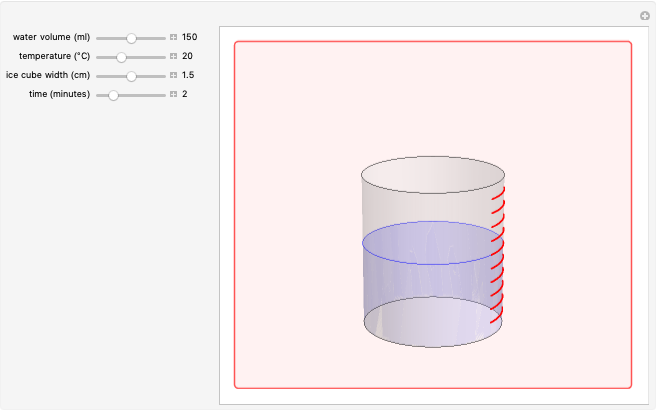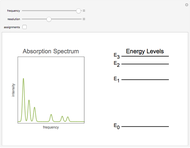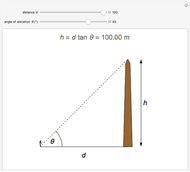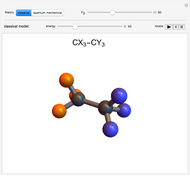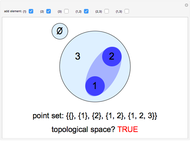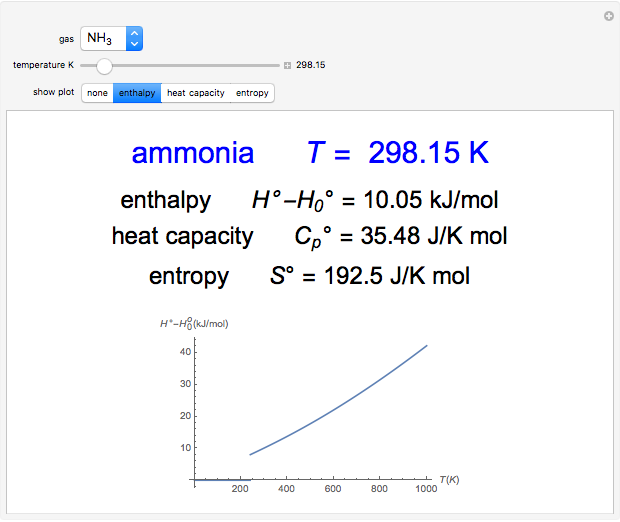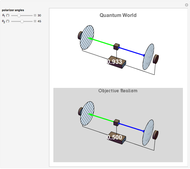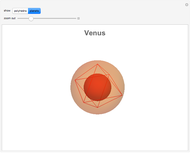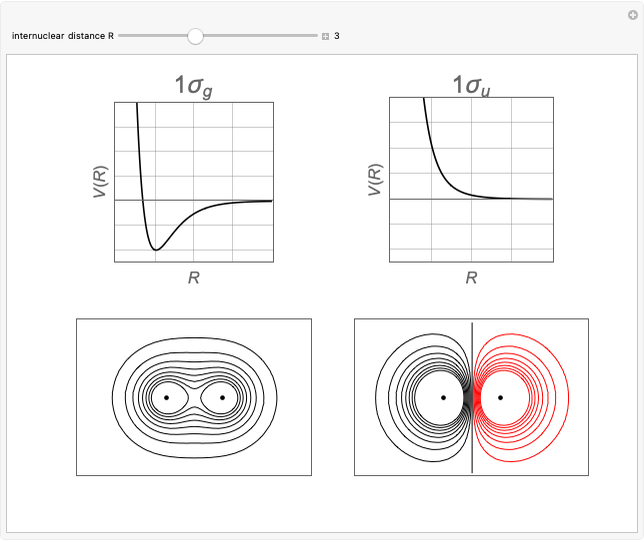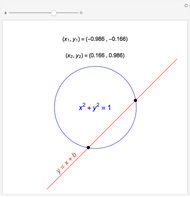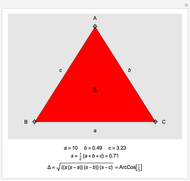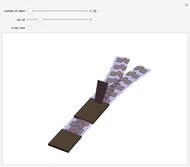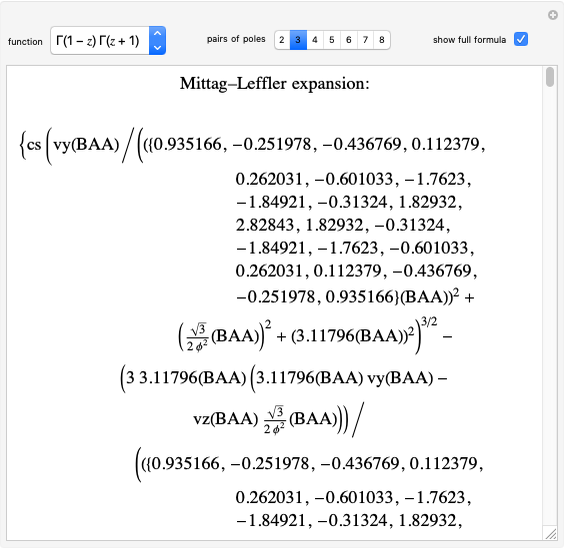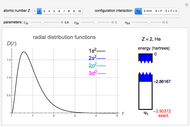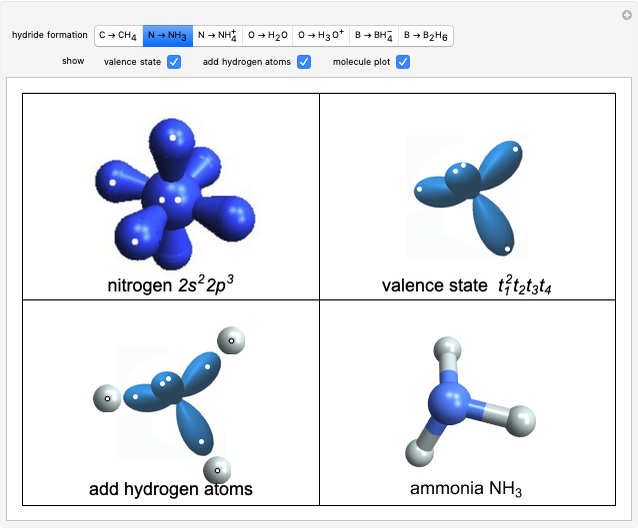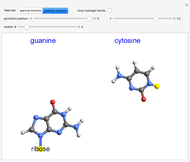AC Transformers

Requires a Wolfram Notebook System
Interact on desktop, mobile and cloud with the free Wolfram Player or other Wolfram Language products.
An electrical transformer is a device to change the voltage and amperage of alternating currents. In the simple design shown here,  primary wire coils (blue) and
primary wire coils (blue) and  secondary coils (red) are wound around a ferromagnetic core. An alternating current in the primary circuit creates a time-dependent magnetic field in the core, which, in turn, induces an alternating current in the secondary circuit, via Faraday's law of electromagnetic induction. The respective rms voltages are in the same ratio as the numbers of turns:
secondary coils (red) are wound around a ferromagnetic core. An alternating current in the primary circuit creates a time-dependent magnetic field in the core, which, in turn, induces an alternating current in the secondary circuit, via Faraday's law of electromagnetic induction. The respective rms voltages are in the same ratio as the numbers of turns:  . If
. If  , this acts as a step-down transformer. Long-distance transmission lines use high voltage and low currents to minimize energy losses. A sequence of step-down transformers then reduces the voltage to household levels (120 volts in the U.S.). If the secondary resistance and induction are negligibly small (simplified model), the primary and secondary currents are given by the reciprocal relation
, this acts as a step-down transformer. Long-distance transmission lines use high voltage and low currents to minimize energy losses. A sequence of step-down transformers then reduces the voltage to household levels (120 volts in the U.S.). If the secondary resistance and induction are negligibly small (simplified model), the primary and secondary currents are given by the reciprocal relation  .
.
Contributed by: S. M. Blinder (September 2008)
Open content licensed under CC BY-NC-SA
Snapshots
Details
Snapshot 1: step-down transformer reducing the rms voltage from 120 to 30 volts
Snapshot 2: step-up transformer increasing the rms voltage from 120 to 240 volts
Snapshot 3: transformer with load in circuit; secondary voltage and current are now out of phase
Permanent Citation
